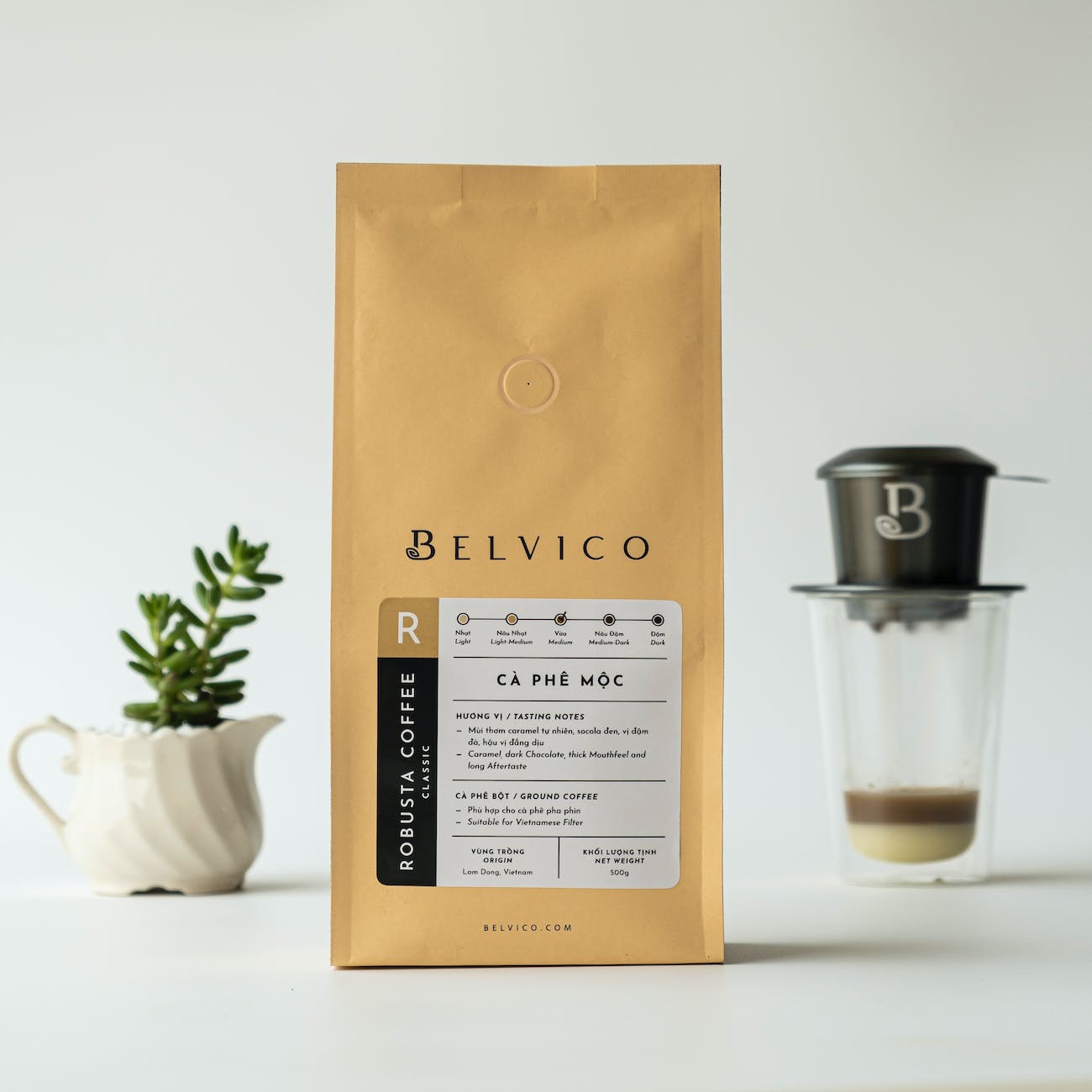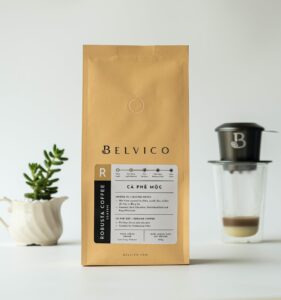Unlock the Power of the Endowment Effect for Business Success
In the ever-evolving landscape of business and marketing, understanding human psychology can be a game-changer. One fascinating psychological phenomenon that can significantly impact consumer behavior and business strategies is the Endowment Effect. In this comprehensive guide, we’ll delve deep into what the Endowment Effect is, explore its psychological underpinnings, and provide you with seven actionable strategies to harness its power for your business’s benefit.
What is the Endowment Effect?
The Endowment Effect is a cognitive bias that influences how people value and interact with objects they own or possess. It was first coined by economist Richard Thaler in 1980 and has since become a cornerstone in behavioral economics and psychology.
At its core, the Endowment Effect can be summed up as follows: People tend to overvalue things merely because they own them. This means that individuals often ascribe a higher value to an item they possess compared to the perceived value they would assign to the same item if they did not own it.
To illustrate this effect, consider the scenario of selling a concert ticket. If you own the ticket, you might attach a higher price to it than what you would be willing to pay for the same ticket if you didn’t own it. This tendency to overvalue possessions has profound implications for businesses seeking to understand and influence consumer behavior.
The Psychology Behind the Endowment Effect
To effectively utilize the Endowment Effect in your business, it’s crucial to grasp the psychological mechanisms that underpin this bias. Several cognitive processes contribute to the Endowment Effect, making it a multi-faceted phenomenon:
1. Loss Aversion
Loss aversion is a central component of the Endowment Effect. It refers to the psychological pain people experience when they lose something compared to the pleasure they derive from gaining the same thing. This leads individuals to irrationally cling to their possessions, valuing them more than they objectively should.
2. Ownership Identity
When people own an item, they often incorporate it into their self-identity. This psychological attachment intensifies the perceived value of the possession, as parting with it feels like losing a piece of oneself. This identity-based attachment plays a significant role in the Endowment Effect.
3. Endowed Valuation
The Endowment Effect also involves a shift in perception of the item’s value. Ownership triggers a mental recalibration, causing individuals to see the object as more valuable than they did before acquiring it. This skewed valuation is a fundamental aspect of the phenomenon.
Now that we’ve established what the Endowment Effect is and the psychology behind it, let’s explore how you can leverage this cognitive bias to benefit your business.
Strategies to Harness the Endowment Effect in Your Business
Understanding the Endowment Effect is just the first step. To truly capitalize on this phenomenon, you need practical strategies tailored to your business. Here are seven actionable techniques that can help you unlock the power of the Endowment Effect:
1. Personalized Ownership Experience
Customization is Key: Offering personalized products or services can create a strong sense of ownership. By allowing customers to tailor their purchases to their preferences, you enhance the perceived value of the item, increasing the likelihood they will embrace the Endowment Effect.
2. Limited-Time Ownership
Temporary Ownership: Introduce the concept of limited-time ownership. Allow customers to “own” a product for a trial period or subscription, after which they can decide whether to keep it. This can trigger the Endowment Effect as customers grow attached during the trial phase.
3. Exclusive Memberships
Elite Ownership: Create exclusive memberships or loyalty programs. Customers who belong to such groups may feel a stronger sense of ownership and attachment to your brand, products, or services.
4. Free Samples and Trials
The Taste of Ownership: Offer free samples or trials. When individuals experience a product or service firsthand, they form a sense of ownership even before making a purchase. This can be a powerful tool to leverage the Endowment Effect.
5. Personalized Recommendations
Ownership Through Choice: Implement personalized product recommendations based on customer preferences and behavior. When customers feel they’ve actively chosen an item, they are more likely to perceive it as “theirs” and apply the Endowment Effect.
6. User-Generated Content
Ownership in Expression: Encourage customers to create and share content related to your products or services. When they invest time and effort in showcasing their “ownership” of your offerings, they reinforce their attachment to them.
7. Storytelling and Emotional Appeal
Narrative of Ownership: Craft compelling narratives around your products or services that emphasize ownership. Highlight stories of satisfied customers who experienced positive transformations or memorable moments using your offerings.
Real-World Examples
To better illustrate the effectiveness of these strategies, let’s delve into real-world examples of companies that have successfully harnessed the Endowment Effect:
Apple and Personalization
Apple is renowned for its products’ user-friendly interfaces and customization options. By allowing users to personalize their devices through wallpapers, app layouts, and even device engraving, Apple fosters a sense of ownership. Customers feel a strong connection to their Apple products, often perceiving them as extensions of their identity.
Amazon Prime’s Exclusive Membership
Amazon Prime offers a prime example of how exclusive memberships can trigger the Endowment Effect. Subscribers not only enjoy benefits like free shipping and access to exclusive content but also feel a sense of ownership over their Prime membership. This ownership mentality encourages them to continue their subscription year after year.
Spotify’s Personalized Playlists
Spotify leverages the Endowment Effect by curating personalized playlists for its users. As listeners engage with these playlists and make them a part of their daily routines, they develop a sense of ownership over the music selection. This personalization keeps users loyal to the platform.
Tesla’s User Stories
Tesla, an electric vehicle manufacturer, excels in storytelling and emotional appeal. Through customer testimonials and narratives of how Tesla vehicles have positively impacted their lives, the company fosters a sense of ownership among potential buyers. People can imagine themselves in the shoes of these satisfied Tesla owners, triggering the Endowment Effect.
Conclusion
The Endowment Effect is a powerful psychological phenomenon that can significantly influence consumer behavior and enhance your business strategies. By understanding the cognitive processes that underpin this bias and implementing the strategies outlined in this guide, you can harness the Endowment Effect to create stronger customer connections, boost brand loyalty, and drive business success.
In a competitive market, where consumer loyalty is paramount, mastering the art of the Endowment Effect can set your business apart and pave the way for sustained growth. So, go ahead, apply these strategies, and watch as your customers develop a deeper sense of ownership and attachment to your products and services.
Unlock the potential of the Endowment Effect today, and embark on a journey toward business excellence that’s driven by the power of human psychology.


